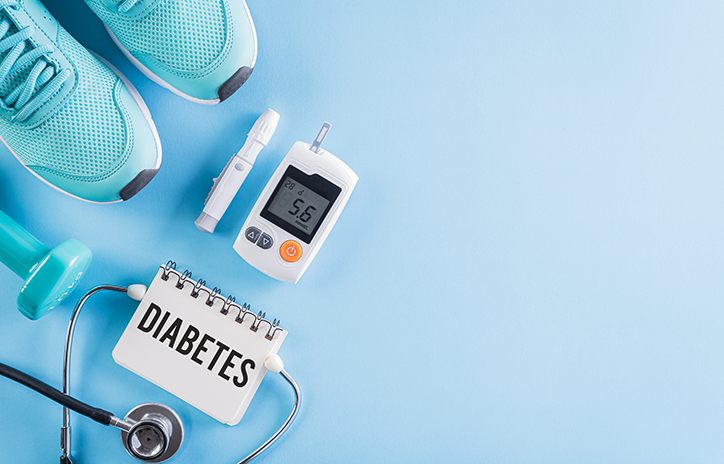
Diabetes Awareness Month is in November, a critical month on the healthcare calendar. High blood-sugar levels are a symptom of diabetes, a chronic metabolic disease. It is a rising worldwide health issue affecting millions of individuals.
Diabetes Awareness Month is not a time to celebrate, but it is a time to come together, learn, and support those with this health condition. To combat this issue, it is critical to understand the many forms of diabetes, risk factors, treatment options, and services accessible to people with diabetes.
According to the Centers for Disease Control and Prevention, diabetes is a condition brought on by insufficient insulin production or inadequate insulin use. When there is not enough insulin or when cells stop responding to insulin, there is an excess of blood sugar in your system.
Management for diabetes requires frequent blood sugar monitoring, a nutritious diet, maintaining a healthy weight, and regular exercise.
Insulin-producing cells within the digestive tract are accidentally attacked and destroyed by the body’s own immune system in type 1 diabetes. Insulin treatment is necessary for lifelong patients with Type 1 diabetes.
The most common kind, Type 2, usually manifests in maturity and is generally linked to lifestyle variables such eating poorly, exercising seldom, and being obese. Although medication and insulin may be required, lifestyle changes might be helpful.
Pregnant women who have gestational diabetes run the risk of complications from the disease. Although it normally disappears after delivery, it may increase your risk of developing Type 2 diabetes.
These are the three primary types of diabetes that many people may have.
There are a few ways to test for diabetes. Usually, diagnosing diabetes requires repeating each step on a second day.
There is an A1C test that calculates the average blood sugar levels during the previous two to three months. Fasting Plasma Glucose test, which checks your blood glucose levels after fasting. Usually, this test is completed before breakfast.
The Oral Glucose Tolerance test, which is a blood glucose monitoring test lasting two hours that measures your levels before and after consuming a particular sugary beverage. Random, also known as Casual Plasma Glucose test, is a blood test that individuals have at any time of day if they have severe diabetes symptoms.
The World Health Organization reports that diabetes was a direct cause of 1.5 million deaths in 2019, with 48% of these occurring in those under the age of 70. An additional 460,000 deaths from renal illness were attributed to diabetes, and around 20% of deaths from heart attacks are caused by increased blood glucose levels.
In the US, about 37 million people have diabetes, and one in five are not aware that they have the disease. It’s essential to comprehend diabetic danger signs for early detection and management.
Examples of common risk factors are often urinating, blurry vision, feeling very thirsty, extreme fatigue, weight loss, diabetes in the family, an inactive way of life, unhealthy dietary habits, obesity, high blood pressure, ethnicity, and more.
Individuals who have these risk factors must be proactive in monitoring their health and adopting a better lifestyle.
Checking blood sugar levels on a regular basis allows people to understand how their food, activity and medicines impact their diabetes control. A well-balanced diet that includes whole grains, vegetables and lean meats while limiting saturated fats and added sugars is necessary for diabetic treatment.
Regularly exercising aids in the reduction of blood sugar levels, the improvement of insulin sensitivity, and the maintenance of a healthy weight. Medication regimens may involve insulin therapy, oral drugs, or a mix of both, depending on the type and severity of diabetes.
By recognizing risk factors, implementing the necessary treatment strategies and comprehending the many forms of the illness, people with diabetes may better control their condition and reduce their chance of complications.